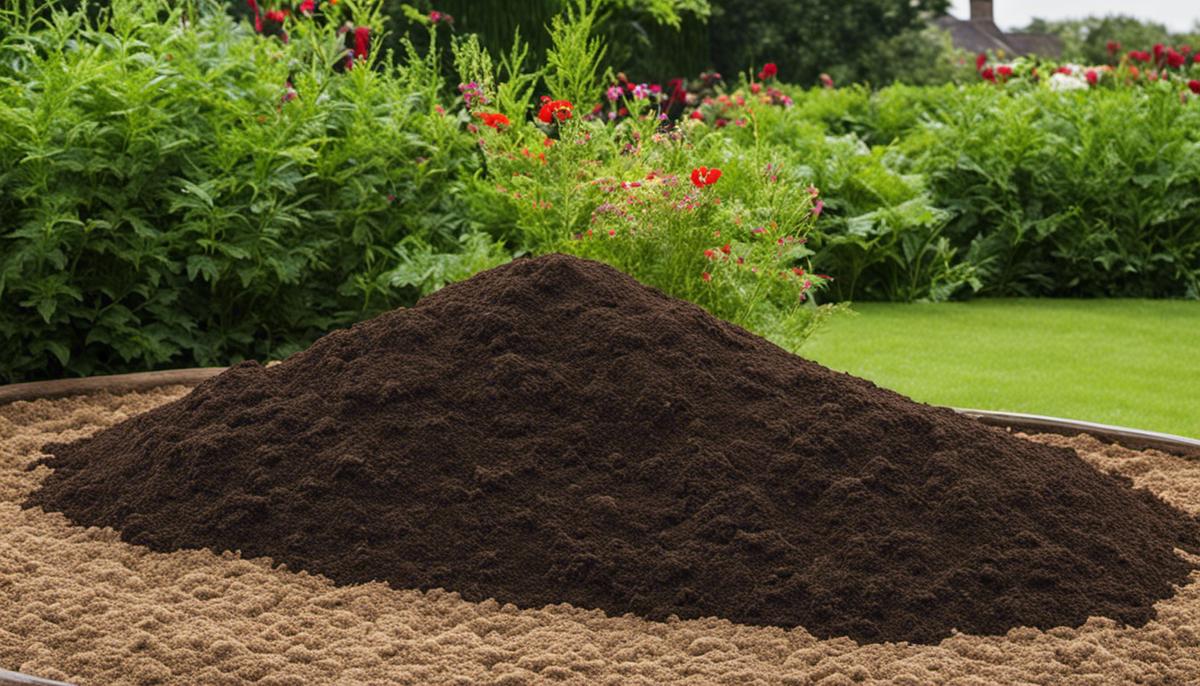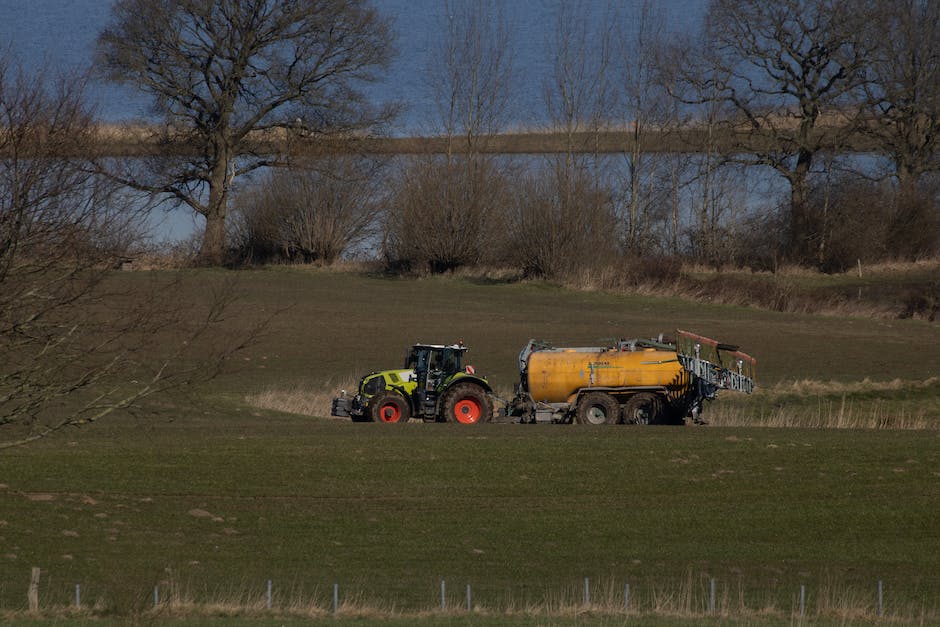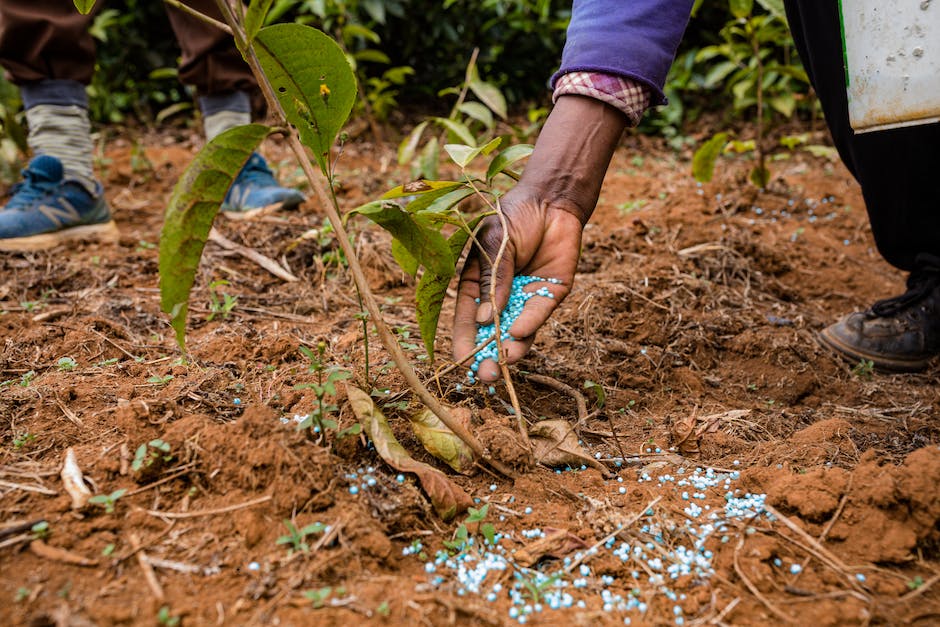Harnessing Horse Manure: An Organic Magic for Garden

Delving into the realm of gardening and soil fertility, one element that often emerges as a game-changer is horse manure. It’s an underestimated natural asset, rich with organic matter and vital nutrients, making it a natural fertilizer par excellence. What if we understood its composition, learned to compost it effectively, examined its benefits, and honed our skills in applying it to our gardens? From understanding the composition and nutrients in horse manure to the process of composting, the benefits for our plants, and its effective application in the garden, this enlightening discussion seeks to explore these aspects that make horse manure a secret weapon for passionate gardeners.
Understanding Horse Manure: Composition and Nutrients
Title: Unearthing the Garden Gold: The Marvel of Horse Manure
There’s an unexpected treasure lying in plain sight for avid gardeners. Horse manure- commonly tossed aside or completely overlooked holds incredible potential for enriching gardening experience. Don’t be dismayed by the mention of “manure” because this nutrient-packed gem can remarkably transform a garden’s health and productivity.
Horse manure might be a bit of a misunderstood hero. But by taking a closer look at its composition, it’s easy to understand why it’s so beneficial for gardens.
-
Rich Nutrient Content: Horse manure is packed to the brim with essential nutrients that plants crave. Nitrogen, Phosphorous, and Potassium (often referred to as NPK) are all there in abundance, leading the charge in promoting healthy and vigorous plant growth. But the benefits don’t stop there; the manure also contains a myriad of other essential nutrients such as calcium, magnesium, and slew of other trace elements.
-
Organic Matter: Horse manure is a rich source of organic matter; it enriches the soil structure by improving its ability to hold onto essential nutrients and water. It fosters an environment conducive for plants’ roots to penetrate soil easily and symbiotically befriends soil microorganisms.
-
Beneficial Microorganisms: Horse manure is a veritable hotspot of beneficial microorganism activity. The dung contains a countless army of fungi, bacteria, and other microbes who engage in a relentless race of decomposition. The metabolic activities of these microbes result in the release of nutrients in a form that’s easily available for plant absorption- a process known as mineralization.
-
Less Unwanted Seeds: Compared to other manures, horse manure tends to have fewer weed seeds. Horses have a very efficient digestive system that often destroys the ability of seeds to germinate. Fewer seeds mean less time battling unwanted intruders, allowing more time to enjoy the robust health of the garden.
-
Environmentally Friendly: For the environmentally conscious gardener, horse manure is a stand-out candidate. It is renewable, reduces the need for synthetic fertilizers, and diverts equestrian waste away from landfills.
Horse manure presents a fantastic opportunity for a natural, organically rich, and soil-restoring ingredient to enhance gardening results. Applying it to the garden doesn’t require any unusual gardening skills.
Simply spread the manure over your garden and incorporate it into the top 6-8 inches of soil, or toss it into the compost pile; it will do the trick of enriching the garden in its own time. Do remember to allow the manure to age or compost prior to using it, as fresh manure could potentially burn the plants.
Harness the untapped resources of horse manure, and watch the garden flourish with vibrant health and bountiful harvest as a result. Indeed, the gardener who knows the real worth of horse manure truly has a significant edge. Happy gardening!

The Process of Composting Horse Manure
Harnessing the Power of Horse Manure: The Composting Guide for Optimal Gardening
As gardening enthusiasts will attest, one just can’t undermine the immense contributions horse manure, affectionately referred to as black gold, brings to the garden. It’s more than just a waste material; it’s a rich treasure trove of nutrients, organic matter, and beneficial microbes that enrich the soil and foster plant growth. With all these in mind, it becomes apparent that composting horse manure is a beneficial endeavor that holds countless benefits for our gardens and the environment.
Now, let’s delve into the nitty-gritty of composting horse manure, making this so-called ‘waste’ an indomitable powerhouse for the verdant oasis that’s your garden!
Step 1: Collection and Initial Preparation
Collecting fresh horse manure isn’t much of a hurdle if there’s a nearby horse facility. Always remember, while aged manure works just fine, fresh manure holds greater benefits when it comes to composting. Collect the manure and spread it out on a compost heap for the initial drying process.
Step 2: Building the Compost Pile
Creating an effective compost pile with horse manure requires balancing the ‘green’ and ‘brown’ materials. The green contains nitrogen-rich items such as fresh grass clippings or kitchen scraps while brown materials are carbon-rich like dry leaves or straw. Aim for a ratio of 1:2 (green:brown). Mix them thoroughly, layering the horse manure with these natural waste materials.
Step 3: Maintenance
Moisture and temperature are key factors in the composting process. The compost pile should remain about as damp as a wrung-out sponge, so regular watering is required. Maintaining a higher temperature quickens the composting process, ideally between 135 and 160 degrees Fahrenheit. This can be achieved by turning the compost pile regularly which enhances the oxygen supply and promotes faster bacterial action.
Step 4: Time for Conversion
The composting period for horse manure usually lasts between two to four months. During this timeframe, manure undergoes an incredible transformation as it is broken down by microbes into nutrient-rich compost. Turning every few weeks allows all parts of the pile to heat and ensures a rich, evenly matured compost.
Finally, remember, patience holds the key! Just as plants require time to mature, so does the composting process. Once the compost is well-rotted, dark, and crumbly with a sweet earthy smell, it’s ready to be the star player in your garden’s soil, providing dense nutrition, enhanced water retention, and fostering overall soil health. Thus, composting horse manure proves not just an environmentally-friendly practice but also one that could transform your garden into a thriving and abundant haven!

Benefits of Horse Manure for Plants
Diving in deep into the world of natural fertilizers, let’s take a further look into these humble piles of horse manure as the unsung heroes of thriving gardens. It’s no secret that gardens reap an array of benefits when served a scrumptious banquet of horse manure. Fresh or composted, horse manure is more than just a top-tier fertilizer to gardening aficionados.
Collecting fresh horse manure can be a walk in the park or a bumpy ride, depending on the sources available. When collected, ensure that it is not mixed with bedding materials. A neat pile of horse droppings is ideal for starting the composting journey.
A gleaming treasure-trove of organic matter, fresh horse manure can be part of a well-curated compost pile. This unassuming pile is the gardener’s magic wand, turning heaps of organic waste into nutrient-dense sustenance for flourishing gardens.
Striking a balance between “green” and “brown” materials is vital for concocting the perfect compost pile. Mirroring yin and yang, “green” materials like kitchen scraps add nitrogen while the “brown” components, such as dried leaves, contribute carbon. Horse manure, a source of both green and brown material, plays a key role as the hero in this composting science.
Just like baking that perfect loaf of sourdough bread, maintaining the right moisture and temperature in the compost pile is essential. Fear not the trial and error period, as the results will be worth every effort—think moist, but not soggy, and warm like a spring noon rather than a scorching summer. Horse manure accelerates the heating procedure due to its unique composition, making it perfect to kickstart composting.
Turning the compost pile is akin to spinning a cauldron of alchemical transformation. This simple act promotes faster bacterial action, converting the gathered organic waste into nutrient-rich compost.
The transformation period for horse manure doesn’t take a decade. It’s a matter of weeks to months if the compost pile is diligently maintained. Persistence and patience transform horse manure into compost that boasts a nutrient profile to rival any chemical fertilizer.
Testing for compost readiness is like opening a surprise gift on a holiday—the gardener has to trust both their intuition and some surefire signs. The compost should be dark, crumbly, and give off a sweet earthy aroma. The original horse manure will be unrecognizable, now appearing as a helping hand for garden soil health and plant growth.
Harnessing this knight in shining armor, composted horse manure, for burgeoning gardens is science, art, and a dash of love. Applying this gardener’s gold improves soil health to astonishing levels, bestowing plants with not only bountiful growth but also improved resilience. The dance of horse manure in the grand ballet of soil dynamics is, indeed, one of perfect harmony.
So, why wait? Let’s transform those humble heaps of horse manure into beautiful bouquets of endless growth opportunities for any garden today. The rewards are so overwhelming; you’ll wonder why you didn’t start sooner.

Applying Horse Manure to the Garden
After establishing the manifold benefits of horse manure in nurturing a thriving garden, let’s delve further into the process, yielding a deeper insight into achieving this garden utopia.
Firstly, it’s essential to note that fresh horse manure should not be used directly in the garden. The heat it generates when decomposing could potentially be detrimental to your plants. This is where composting comes into play!
To kickstart the composting process, it’s important to amass a balanced pile inclusive of ‘brown’ and ‘green’ materials. ‘Green’ refers to nitrogen-rich matter such as grass clippings, fruit and vegetable scraps, and yes, horse manure itself! ‘Brown’ includes carbon-rich materials like dry leaves, wood chips, straw, or shredded newspaper. The rule of thumb? Keep a 3:1 ratio of ‘brown’ to ‘green’ materials in the pile.
Moisture and temperature control form the lynchpin of a healthy compost pile. It should be wet, but not soggy, imitating the dampness of a wrung-out sponge. An ideal internal pile temperature between 130°F and 150°F accelerates decomposition while efficiently killing weed seeds and pathogens.
Now, let’s talk about some serious stirring action! Turning the compost pile every three weeks or so introduces oxygen, promoting faster bacterial action and facilitating speedier composting.
Given its composition, horse manure spends a relatively shorter time, typically 2-4 months, in the composting phase. This period is contingent on several factors like the initial pile size and turning frequency. More frequent pile turning results in a quicker composting process.
At the end of this entire process, the resultant material – rich, dark, and odorous – is a testament to the transformation of the humble horse manure into nutrient-rich compost, a fertile feast for your garden.
It’s crucial to verify the readiness of the compost before use. Check that the compost attains a soft, crumbly texture, with an earthy scent redolent of a forest floor. If the original ingredients are indistinguishable, absent of offensive smell, and the pile has cooled, it’s ready for deployment!
Finally, the introduction of composted horse manure into the garden promises enhanced soil health and plant growth. Dressing your garden in the fall with a layer of compost fortifies the soil with nutrients for the subsequent growing season. Add compost around the base of plants or mix it into the garden soil before planting, paving the way for vigorous, healthy plant growth.
The effectiveness of horse manure’s transformation into compost and subsequently, its role in bolstering garden health, underscores its undisputed value in gardening. For those passionate about greener, more vibrant gardens, horse manure presents itself as an invaluable, sustainable, and economical route to achieving this gardening nirvana!

To wrap up, horse manure, when composted and applied judiciously, can bring about a dramatic improvement in the health of your garden, enriching the soil, fostering earth-friendly microbes, and providing plants with crucial nutrients necessary for their growth. Given the right attention and used with smart application strategies, horse manure can be the cornerstone of organic farming within your backyard, laying the foundation for sustainable and integrated agriculture. By understanding, utilizing, and maximizing this rich resource, we can contribute positively to our gardening endeavors, nourishing the soil, our plants, and ultimately, ourselves.



